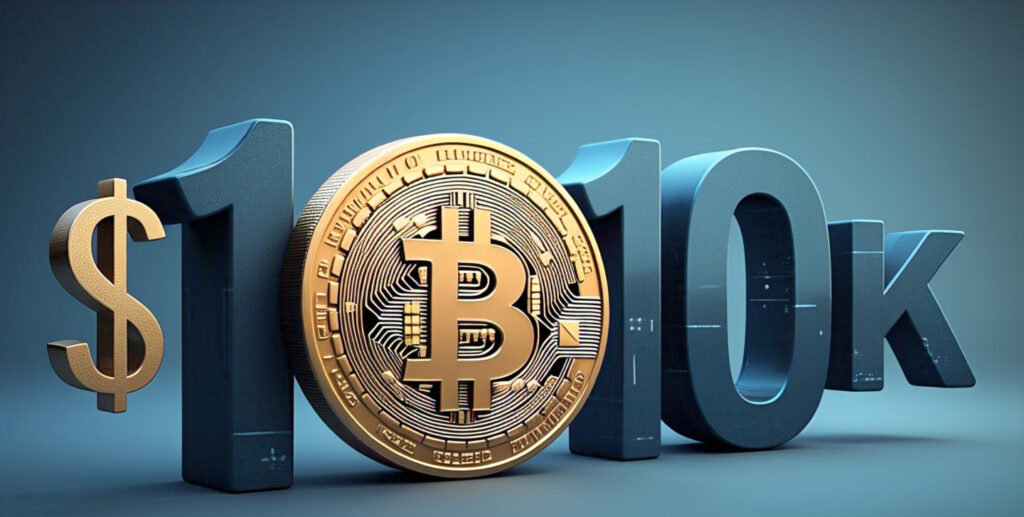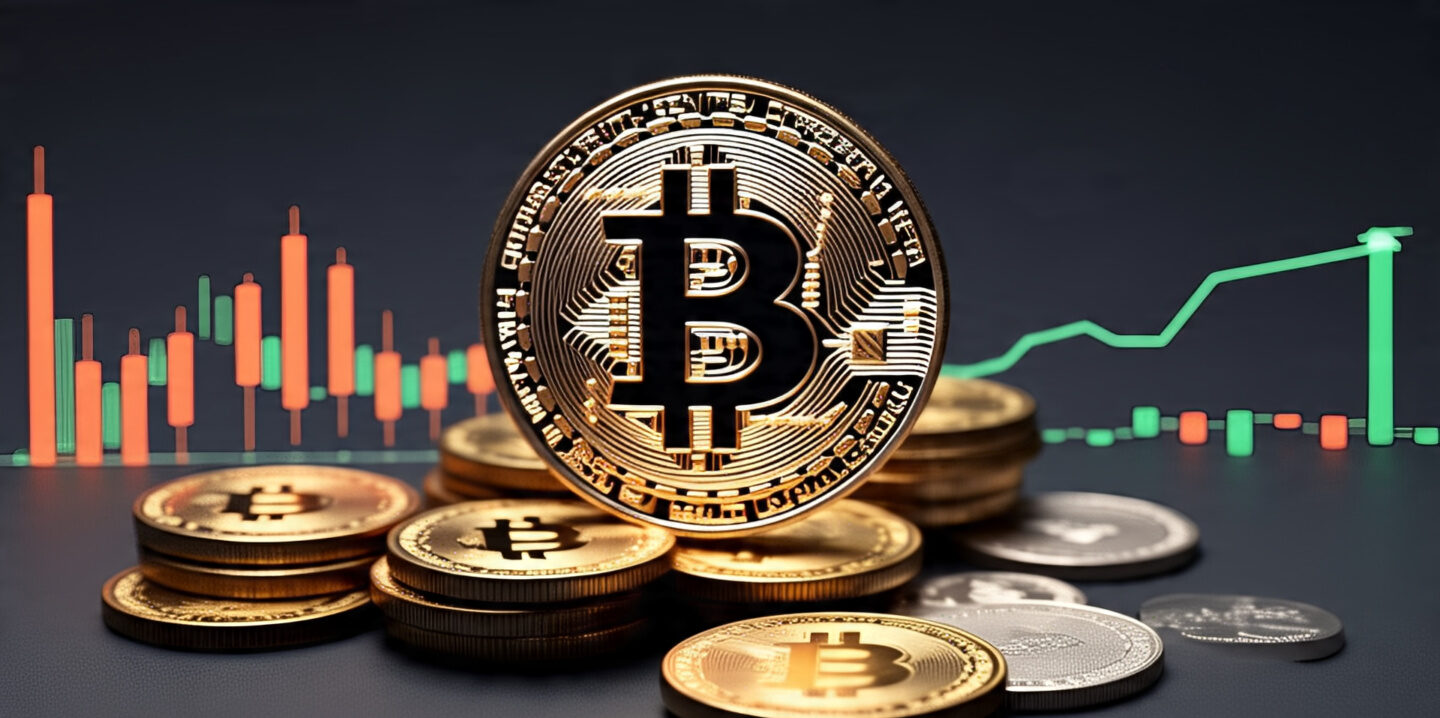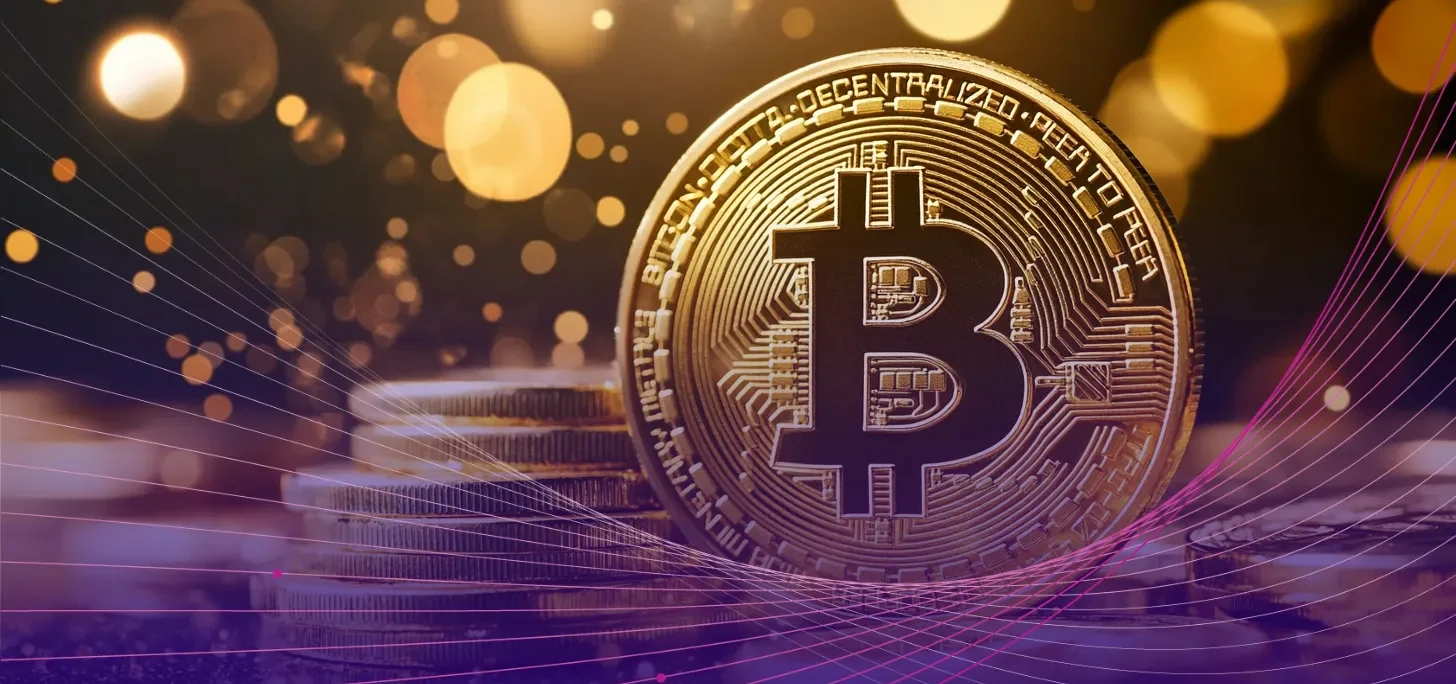Standard Chartered Bank has made a bold price prediction for Ripple’s XRP token, projecting it may soar to $12.50 by 2025. This move has drawn the attention of the whole Bitcoin community. In the crypto space, this forecast has generated a lot of debate, with both enthusiasm and mistrust over the bank’s estimate.
Standard Chartered’s analysts believe that this forecast is based on technical indications and past price trends, which point to XRP being about to undergo another notable price surge.
XRP Price Surge
The technical study, which compares XRP and present price movement with its behavior during the 2017 crypto bull run, forms one of Standard Chartered’s audacious XRP price prediction bases. XRP shot up more than 1,300% in 2017, showing exponential increase. Since November 2024, XRP has seen a 600% rise in price; experts predict that this momentum could continue and cause a tremendous price surge.
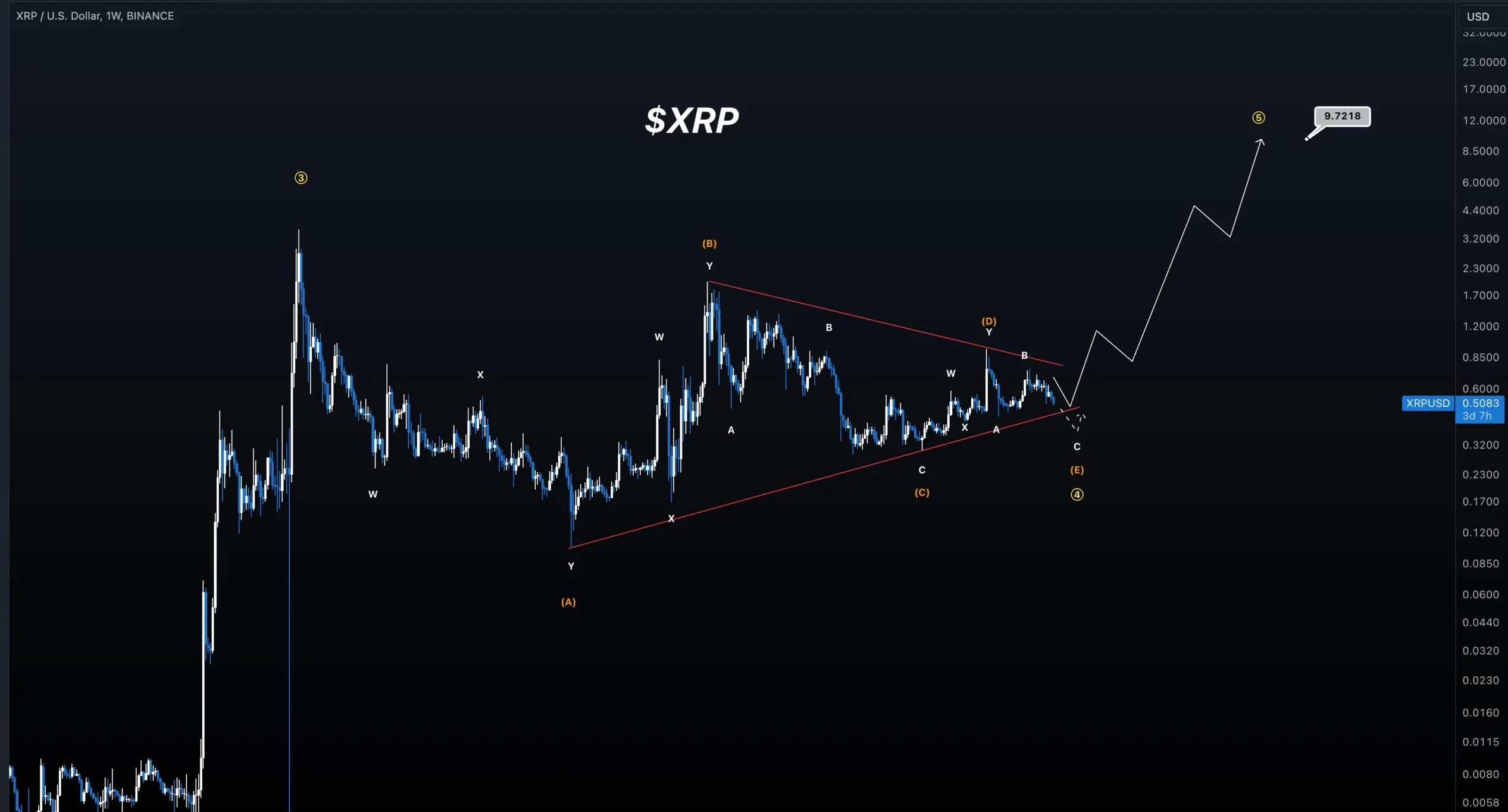
The recent technical signal, sometimes called the “golden cross,” is a significant component of this favorable view. This phenomenon happens when a long-term moving average, say the 200-day moving average, crosses over a short-term moving average, say the 50-day moving average. Technical analysis typically views the golden cross as a robust bullish signal, closely linked to significant market movements. Based on this trend, XRP might follow the path of its 2017 surge and drive its price to the projected $12.50 level by 2025.
XRP Market Surge
Should XRP meet the projected price of $12.50, its market capitalization would explode and approach $722 billion. This would rank XRP among the top cryptocurrencies, potentially surpassing Ethereum to become the second-largest digital asset, just behind Bitcoin. With XRP retaking the stage, such a valuation would cause a significant change in the present ranks of cryptocurrencies.
Given XRP’s growth potential—especially if it can keep its optimistic momentum and attract more investor attention—this market value estimate is not unrealistic. Extreme volatility in the bitcoin market is well known; hence, if XRP keeps following the past patterns shown by Standard Chartered, its price could rise.
XRP Price Projections
Although Standard Chartered’s price estimate is optimistic, other projections remain more cautious. For instance, a price forecast produced by artificial intelligence techniques from Finbold shows that XRP would average $3.065 in 2025, which marks a significantly more modest rise of roughly 9.29% from its present value. This disparity underlines the volatile character of digital assets and the natural uncertainty in forecasting bitcoin values.
Unexpected events, legislative changes, and investor attitudes greatly affect the price of assets, including XRP, in cryptocurrency markets. Therefore, even though the $12.50 estimate should be interesting, investors should consider various possible results, particularly given the different points of view provided by AI and conventional forecasting methods.
XRP ETF Approval
Standard Chartered’s optimistic XRP prediction relies heavily on the likelihood of XRP being exchange-traded. According to the bank’s speculations, mainstream institutional investing would be opened if the U.S. Securities and Exchange Commission (SEC) approves an XRP ETF by 2025. If the U.S. Securities and Exchange Commission (SEC) grants approval, the XRP ETF could significantly boost asset liquidity, foster more general acceptance, and potentially lead to a notable price rise.
The SEC’s recent approval of Bitcoin ETFs has increased hopes for similar results in the larger cryptocurrency industry. Approval of an XRP ETF will probably boost investor confidence and draw institutional investors as the SEC becomes more open to cryptocurrency products, increasing demand and, hence, the price of XRP.
XRP Price Forecast
Standard Chartered’s price prediction for XRP fits a more general hopeful view of the whole bitcoin market. The bank has also changed its estimate of the Bitcoin price. It now projects that by 2024, Bitcoin might reach $150,000 and by 202, $250,000. The rising interest in Bitcoin ETFs, which are projected to draw significant institutional investment, partially supports this optimistic prediction.
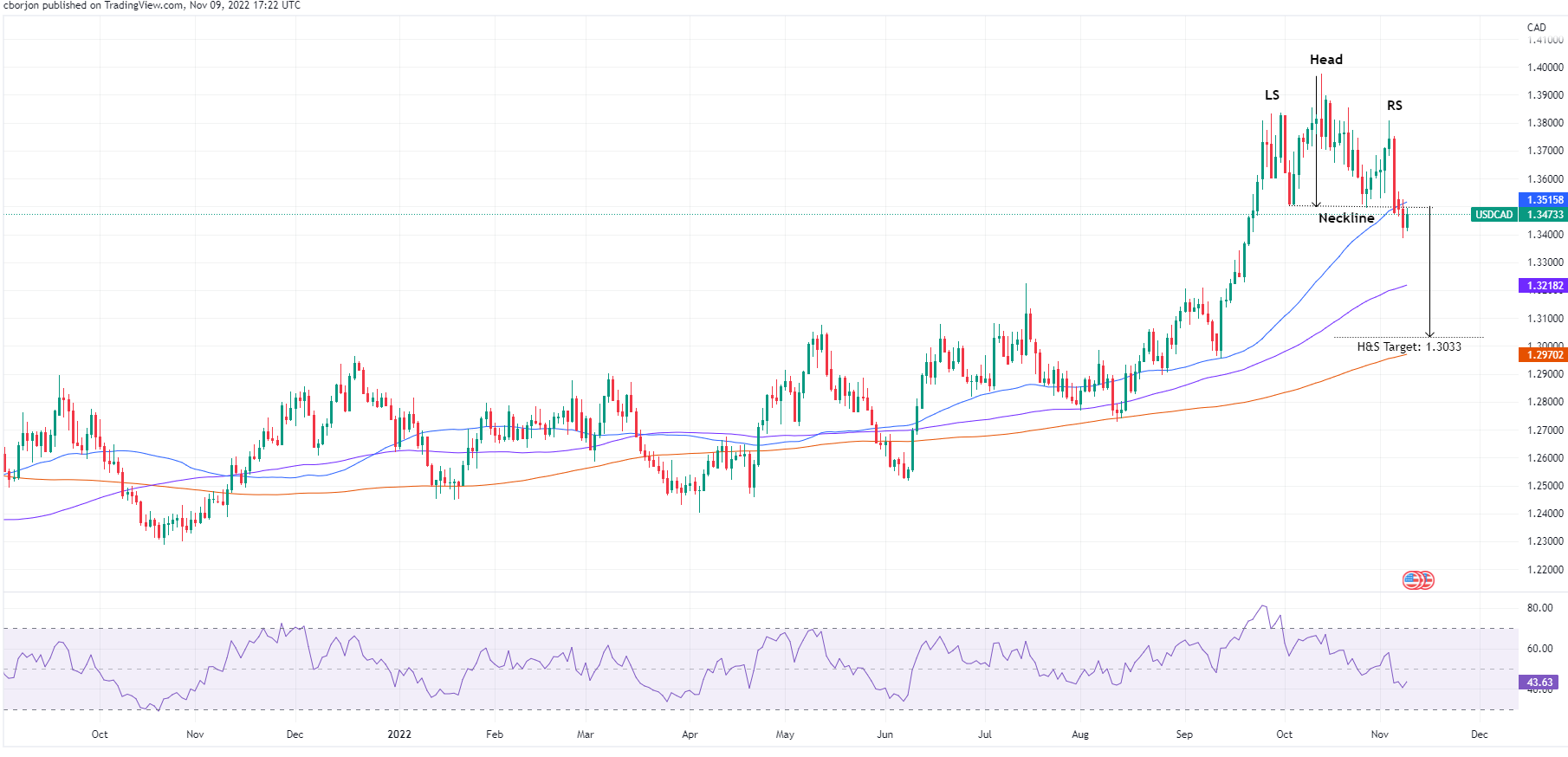
Standard Chartered compares the historical launch of gold ETFs with Bitcoin ETFs, guiding gold prices over time. If these dynamics replicate for Bitcoin and other significant cryptocurrencies, including XRP, the market may see a substantial capital flood.
Cryptocurrency Market Volatility
Though the forecasts are optimistic, it is essential to remember that the cryptocurrency market is still somewhat erratic. Standard Chartered’s Head of Digital Assets Research, Geoffrey Kendrick, cautions readers especially against purchasing cryptocurrencies in recessionary times.
Recent market corrections, driven partly by inflationary worries and new U.S. tariffs, have revealed the system’s volatility. Therefore, we advise investors to wait for CSURESIGNS before making significant purchases in digital assets like XRP.
Final thoughts
Standard Chartered has projected that XRP will reach $12.50 by 2025. This outlook gives the bitcoin market hope, as many investors are keenly awaiting a massive price surge. Though technical studies and past trends might offer insightful analysis, they are imperfect since the bitcoin market is naturally erratic.
Investors should exercise caution and knowledge when navigating the constantly evolving crypto landscape. The regulatory moves, like the possible approval of an XRP ETF, might be important in determining the direction of XRP. Whether XRP can meet its optimistic price projection or if the cryptocurrency encounters fresh difficulties that could stop its upward momentum will depend on the following years.

















